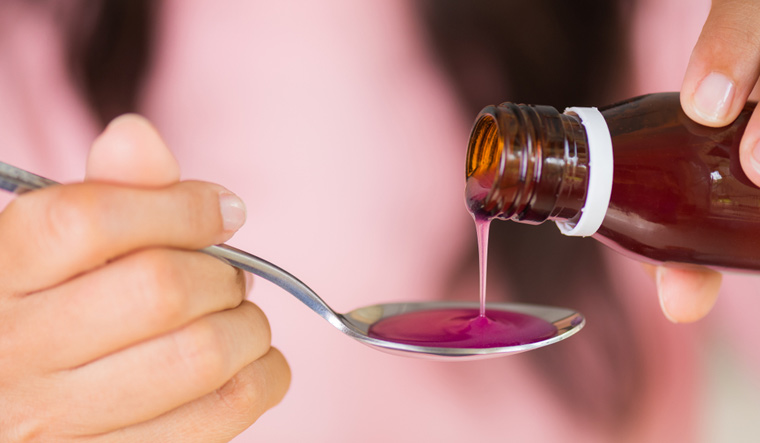Africa, Central Asia and the immediate neighbourhood are the target regions for Indian foreign policy strategists mainly because of their potential to provide the springboard for India to leapfrog to global prestige and influence.
This region, currently witnessing big power diplomacy at its busiest with the US, Russia and emerging giant China battling for name and power, is one where India has made recent good gains.
But while investigations are underway in India to probe whether substandard cough syrups were exported to Uzbekistan that could have possibly caused the recent deaths, there is no doubt that Indian cough syrups have carved out a name in the hall of fame for the infamous, undoing years of good diplomacy.
Bangladesh had for long battled the flood of Indian-made cough syrups, which because of its alcoholic ingredients had the youth of the neighbouring country hooked.
Then in October, a link was drawn between Indian-made cough syrups that apparently took the lives of 66 very young children between July and September 2022 in western Africa’s The Gambia.
In December, at least 19 Uzbek children died reportedly after consuming an Indian-manufactured cough medicine that turned out to contain toxins.
Investigations are on and the results of the drug sample test are expected in a couple of days.
But the recent string of drug deaths in Africa’s Gambia and Uzbekistan have brought to sharp focus the state of affairs in the regulatory control of the production of pharma drugs in India which, at best, can only be described as chaotic.
“The biggest problem is that in India, pharmaceutical drug production and its regulation is in the concurrent list of the Constitution. Therefore, neither the central nor the state governments have full accountability,” said an official involved with the Indian government’s drug control establishment.
“It is the state drug regulatory body that issues production and export licenses to drug companies. At the same time, because of logistical issues including lack of trained manpower and associated facilities, enforcement is never full-proof and efficient.”
“Moreover, some countries like the US, European nations, Brazil and even India have very strict quality norms on imported drugs. But many countries have very lax standards, so spurious drugs do slip in,” the official added on condition of not being named.
With growing production and cheap drugs, India is known as the pharmacy of the world. In 1969, locally-made drugs comprised just 5 per cent of the local market. It is about 80 per cent at present. At the global level, the Indian pharma industry accounts for more than 20% volume of the global generics market.
From about $42 billion in 2021, the domestic pharma market is expected to grow to about $120 billion by 2030.




